Home>Technology>Smart Home Devices>What Is Printer Paper Called
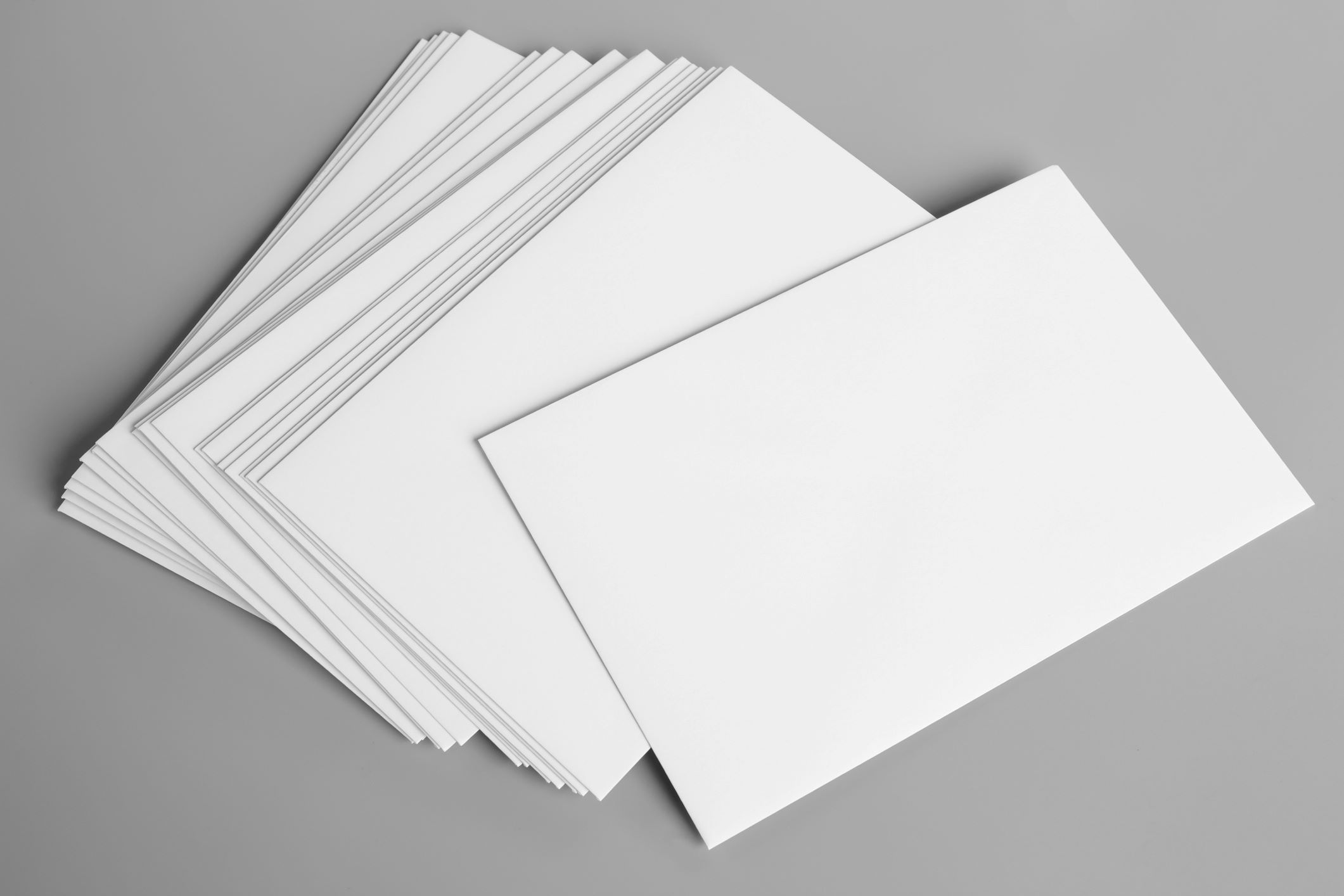

Smart Home Devices
What Is Printer Paper Called
Published: January 19, 2024
Discover the best smart home devices for an efficient and connected living experience. Explore the latest innovations in smart home technology.
(Many of the links in this article redirect to a specific reviewed product. Your purchase of these products through affiliate links helps to generate commission for Storables.com, at no extra cost. Learn more)
Introduction
Printing documents, photos, and other materials has become an essential part of both professional and personal endeavors. While the focus is often on the printer itself, the type of paper used significantly impacts the quality and appearance of the printed output. Printer paper, often overlooked in its significance, plays a crucial role in determining the final presentation of printed materials.
In this comprehensive guide, we will delve into the world of printer paper, exploring its various types, common sizes and weights, as well as specialty options. Whether you are a student, professional, or hobbyist, understanding the nuances of printer paper can enhance your printing experience and ensure optimal results for your projects. Let's embark on this journey to unravel the intricacies of printer paper and discover the myriad options available for all your printing needs.
Key Takeaways:
- Choose the right printer paper for your project – from standard copy paper to specialty options like cotton and watercolor paper, each type serves a unique purpose to enhance your printing experience.
- Understanding paper sizes and weights is crucial – whether it’s letter size for documents or cardstock for business cards, knowing the right dimensions and thickness can ensure optimal results for your printing projects.
Read more: What Is Regular Printer Paper Called
Types of Printer Paper
When it comes to selecting the right printer paper, there are several types to consider, each designed for specific purposes. Understanding the distinctions between these types can help you choose the most suitable option for your printing needs. Here are some common types of printer paper:
- Standard Copy Paper: This is the most widely used type of printer paper, ideal for everyday printing tasks such as documents, reports, and drafts. It is typically lightweight and affordable, making it a popular choice for high-volume printing.
- Photo Paper: Designed specifically for printing photographs, this paper is available in various finishes, including glossy, matte, and satin. The choice of finish can significantly impact the appearance of the printed photos, making photo paper a crucial consideration for achieving high-quality prints.
- Cardstock: Known for its durability and thickness, cardstock is ideal for printing items that require more substantial support, such as greeting cards, invitations, and business cards. It is available in a range of weights, allowing for versatility in creating professional and visually appealing printed materials.
- Label Paper: This type of paper is specifically designed for creating labels and stickers. It features an adhesive backing, enabling easy application on various surfaces. Label paper is commonly used for organizing items, shipping packages, and creating custom stickers.
- Transparency Film: Often used for presentations and overhead projections, transparency film allows for the printing of clear and translucent images. It is commonly utilized in educational, business, and artistic settings to create visually engaging presentations.
Each type of printer paper serves a distinct purpose, catering to a wide range of printing requirements. By understanding the characteristics and intended uses of these paper types, you can make informed decisions when selecting the most suitable option for your printing projects.
Common Sizes and Weights
Printer paper is available in various sizes and weights, offering flexibility and customization for different printing needs. Understanding the common sizes and weights of printer paper can help you select the appropriate option for your specific projects. Here are the standard sizes and weights of printer paper:
- Letter Size (8.5″ x 11″): This is the most commonly used paper size for printing documents, letters, and reports. It provides a versatile canvas for a wide range of printing tasks and is widely compatible with home and office printers.
- Legal Size (8.5″ x 14″): Slightly longer than letter size, legal paper is often used for printing contracts, legal documents, and forms that require additional length. It offers ample space for comprehensive content while maintaining a standard width.
- A4 Size (210mm x 297mm): Widely used internationally, the A4 size is similar to the letter size but with slight dimensional variations. It is a standard size in many countries and is suitable for various printing applications.
- Tabloid Size (11″ x 17″): Also known as ledger size, tabloid paper is larger than the standard letter and legal sizes. It is commonly used for printing newspapers, newsletters, posters, and other materials that require a larger format.
When it comes to paper weights, they are typically measured in pounds (lb) or grams per square meter (gsm). The weight of paper can significantly impact its thickness, durability, and suitability for different printing purposes. Common paper weights include:
- 20 lb/75 gsm: Standard weight for everyday printing tasks such as documents, drafts, and copies. It offers a balance of affordability and quality for routine printing needs.
- 24 lb/90 gsm: Slightly heavier than 20 lb paper, this weight is often preferred for double-sided printing and projects that require a more substantial feel, such as presentations and marketing materials.
- Cardstock (Various Weights): Ranging from 65 lb to 110 lb or more, cardstock offers a sturdy and durable option for printing items like business cards, invitations, and crafts that demand a thicker material.
By familiarizing yourself with the standard sizes and weights of printer paper, you can make informed decisions when selecting the most suitable option for your printing requirements, ensuring optimal results for your projects.
Printer paper is commonly referred to as “copy paper” or “printing paper.” It is typically 8.5 x 11 inches in size and comes in various weights and brightness levels for different printing needs.
Specialty Printer Papers
Specialty printer papers offer unique features and characteristics that cater to specific printing needs, allowing for creativity and customization in various projects. Whether you are looking to add a touch of elegance to your printed materials or seeking specialized options for artistic endeavors, there are several specialty papers to consider. Here are some noteworthy examples of specialty printer papers:
- Cotton Paper: Known for its luxurious feel and durability, cotton paper is often chosen for projects that require a high-quality, archival-grade paper. It is ideal for printing resumes, formal invitations, and prestigious documents that demand a refined appearance.
- Magnetic Paper: This innovative paper features a magnetic backing, making it suitable for creating custom magnets, magnetic signs, and promotional materials with unique functionality. It offers versatility for both personal and business applications.
- Embossed Paper: With raised patterns or textures, embossed paper adds a tactile and visually appealing element to printed materials. It is commonly used for creating elegant stationery, event invitations, and artistic prints that stand out with their tactile sophistication.
- Watercolor Paper: Designed for artistic and creative endeavors, watercolor paper is optimized for printing artwork, illustrations, and designs that require a textured surface to mimic traditional watercolor paintings. It provides a distinctive canvas for artistic expression.
- Adhesive-Backed Paper: Featuring a peel-and-stick backing, adhesive-backed paper is ideal for creating custom stickers, labels, and decals without the need for additional adhesives. It offers convenience and versatility for crafting personalized items.
Each specialty printer paper serves a unique purpose, offering distinct features and benefits that cater to specific printing requirements. Whether you are aiming to elevate the presentation of your printed materials or seeking specialized options for artistic and functional projects, exploring the world of specialty printer papers can unlock a realm of creative possibilities.
Conclusion
Printer paper, often overshadowed by the spotlight on printers and technology, plays a pivotal role in the quality and presentation of printed materials. By understanding the diverse landscape of printer paper, including its types, sizes, weights, and specialty options, you can make informed decisions that enhance the outcome of your printing projects.
From the ubiquitous standard copy paper to the specialized allure of cotton paper and embossed varieties, the world of printer paper offers a spectrum of choices to meet a myriad of printing needs. Whether you are producing professional documents, vibrant photographs, artistic prints, or functional labels, the right printer paper can elevate the impact and appeal of your printed materials.
As technology continues to advance, the realm of printer paper also evolves, introducing innovative options such as magnetic paper and adhesive-backed varieties that expand the possibilities for creative and functional printing. Embracing these advancements allows for greater customization and versatility in crafting personalized and professional-grade printed materials.
By familiarizing yourself with the nuances of printer paper and its various options, you can embark on a journey of exploration and creativity, tailoring your printing experience to suit your unique vision and requirements. Whether you are a student, professional, artist, or hobbyist, the world of printer paper invites you to discover the perfect canvas for your printed endeavors.
As you venture into the realm of printing, remember that the choice of printer paper is not merely a practical decision but an opportunity to enhance the visual impact and tactile experience of your printed creations. With the right printer paper at your disposal, your printed materials can truly come to life, leaving a lasting impression and fulfilling their intended purpose with finesse and distinction.
So, embrace the artistry and functionality of printer paper, and let your imagination unfold on its versatile and accommodating surfaces, bringing your printed visions to fruition with precision and elegance.
Frequently Asked Questions about What Is Printer Paper Called
Was this page helpful?
At Storables.com, we guarantee accurate and reliable information. Our content, validated by Expert Board Contributors, is crafted following stringent Editorial Policies. We're committed to providing you with well-researched, expert-backed insights for all your informational needs.
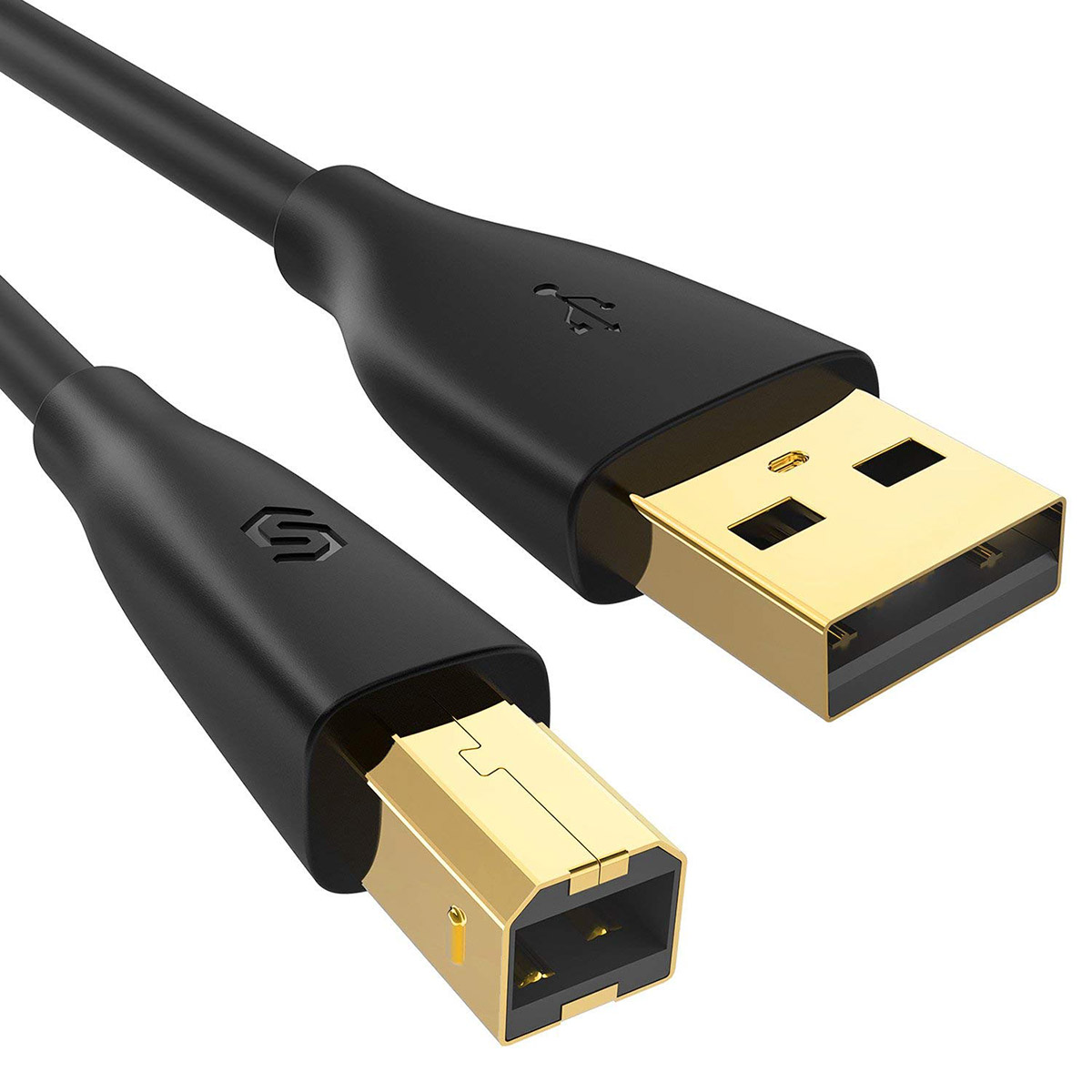
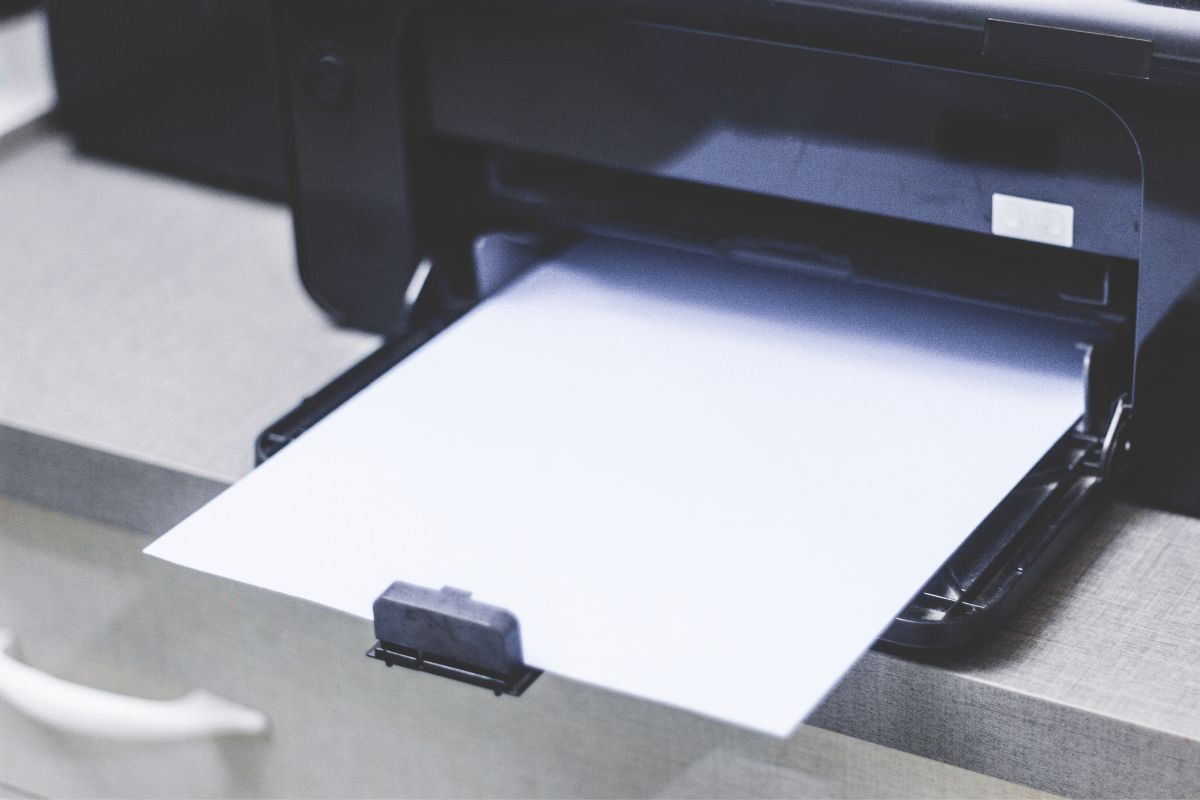
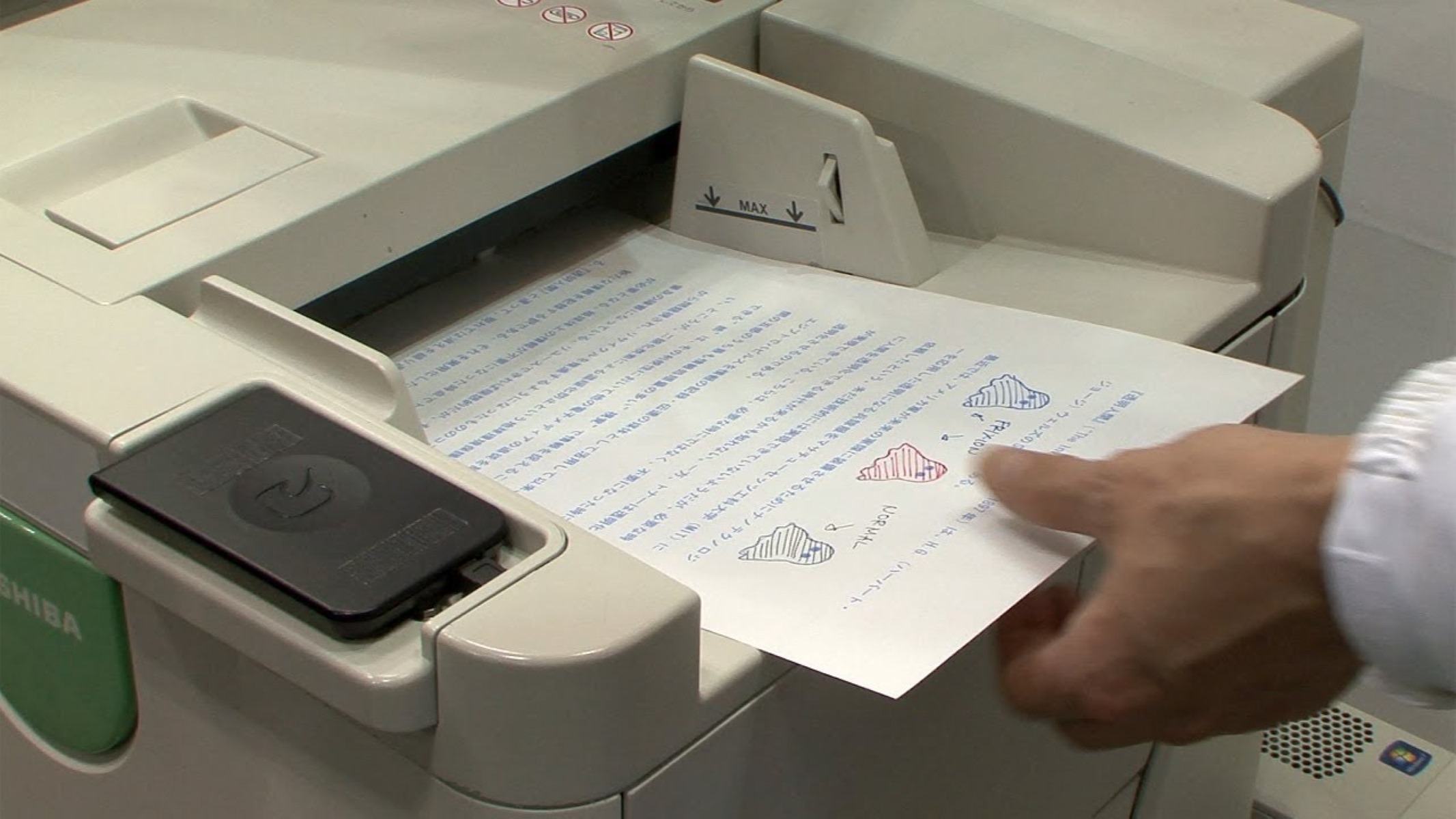
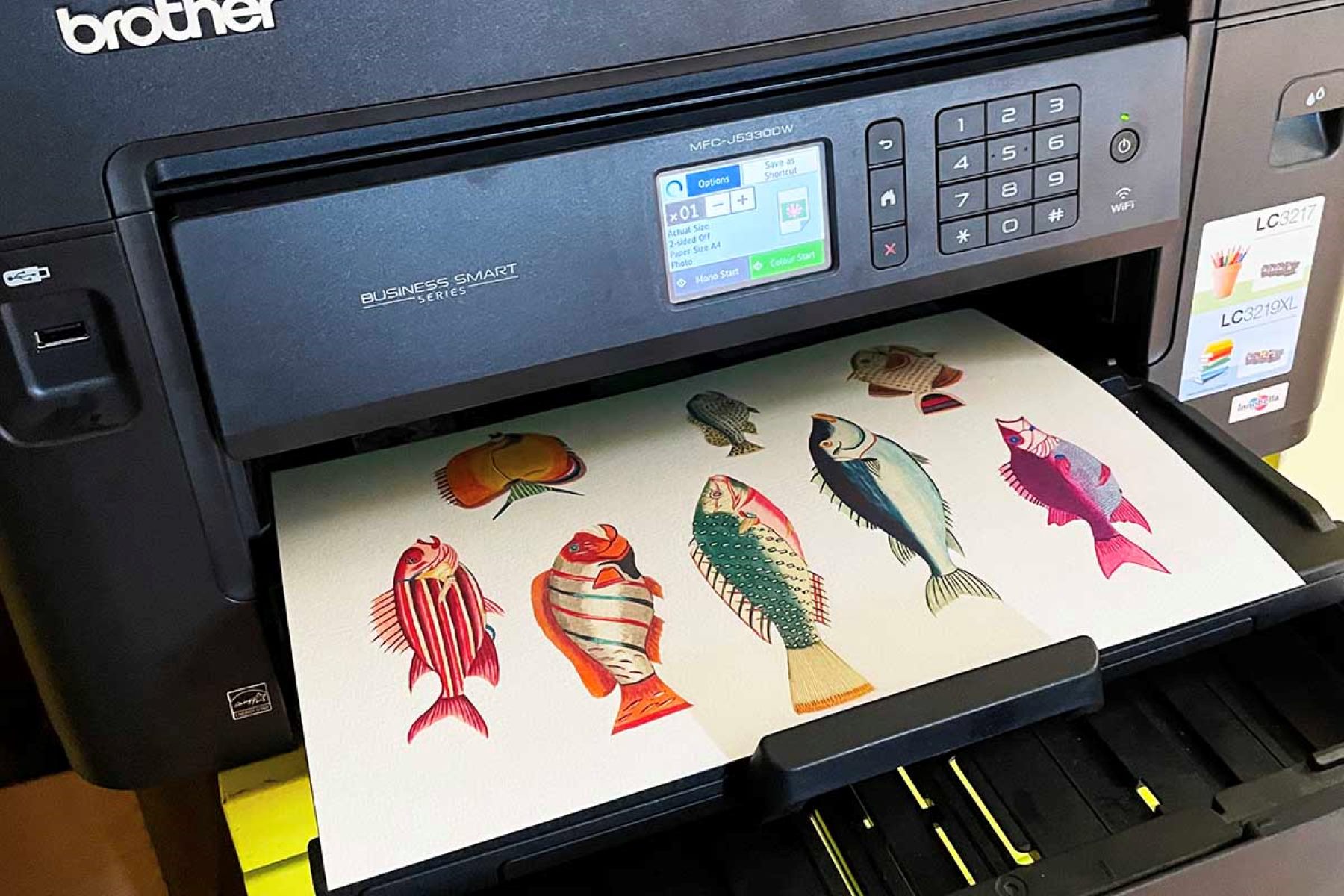
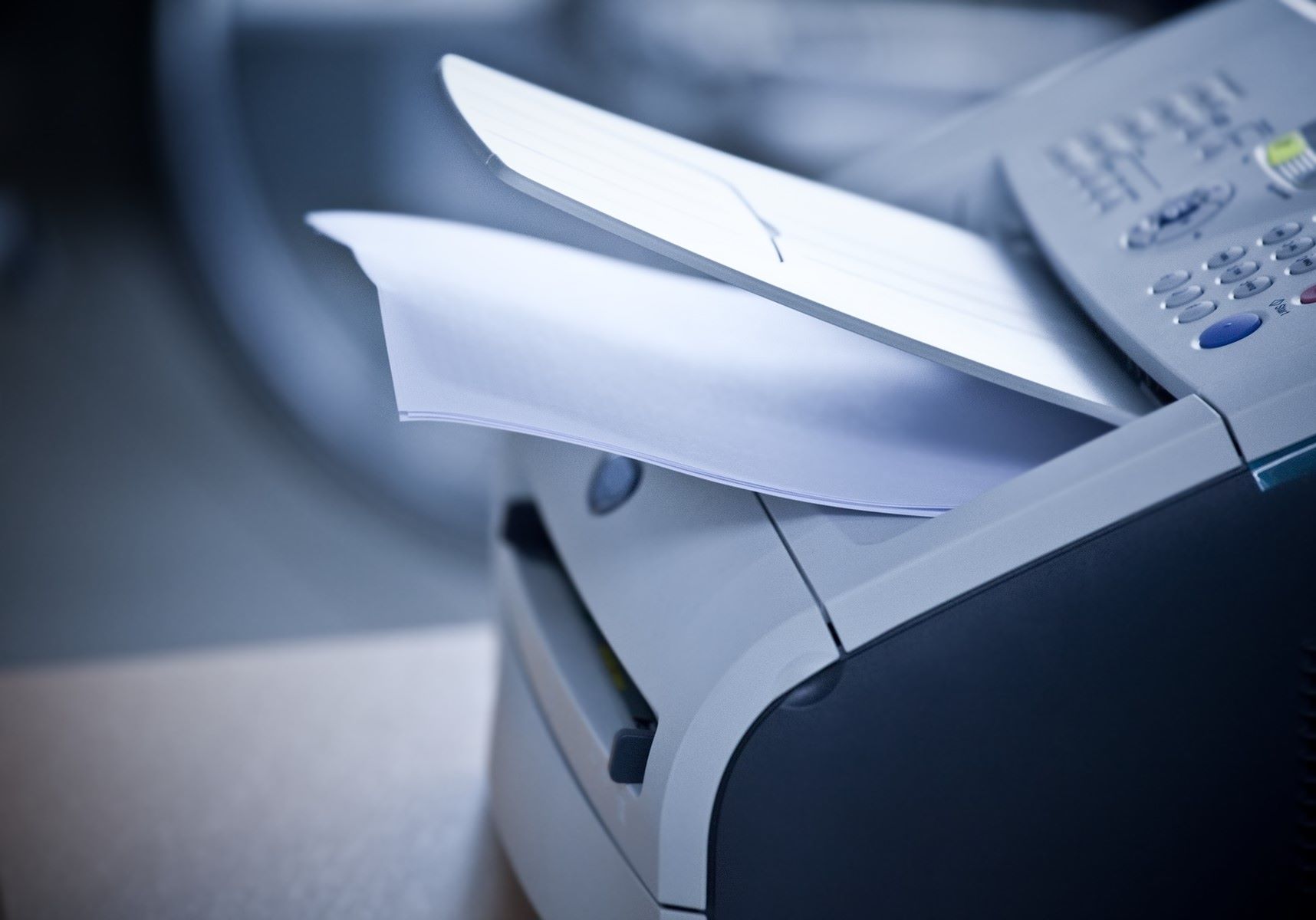
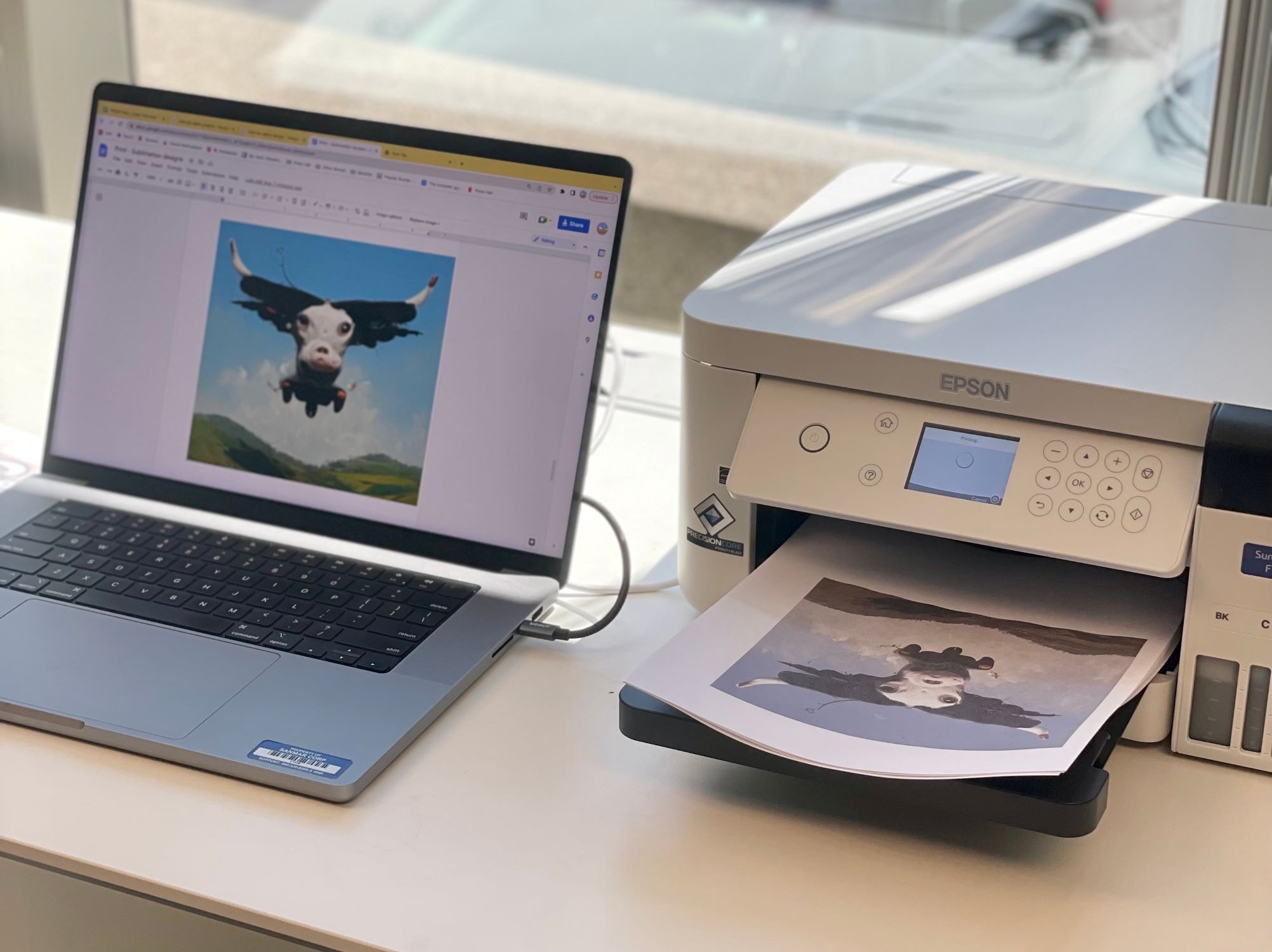


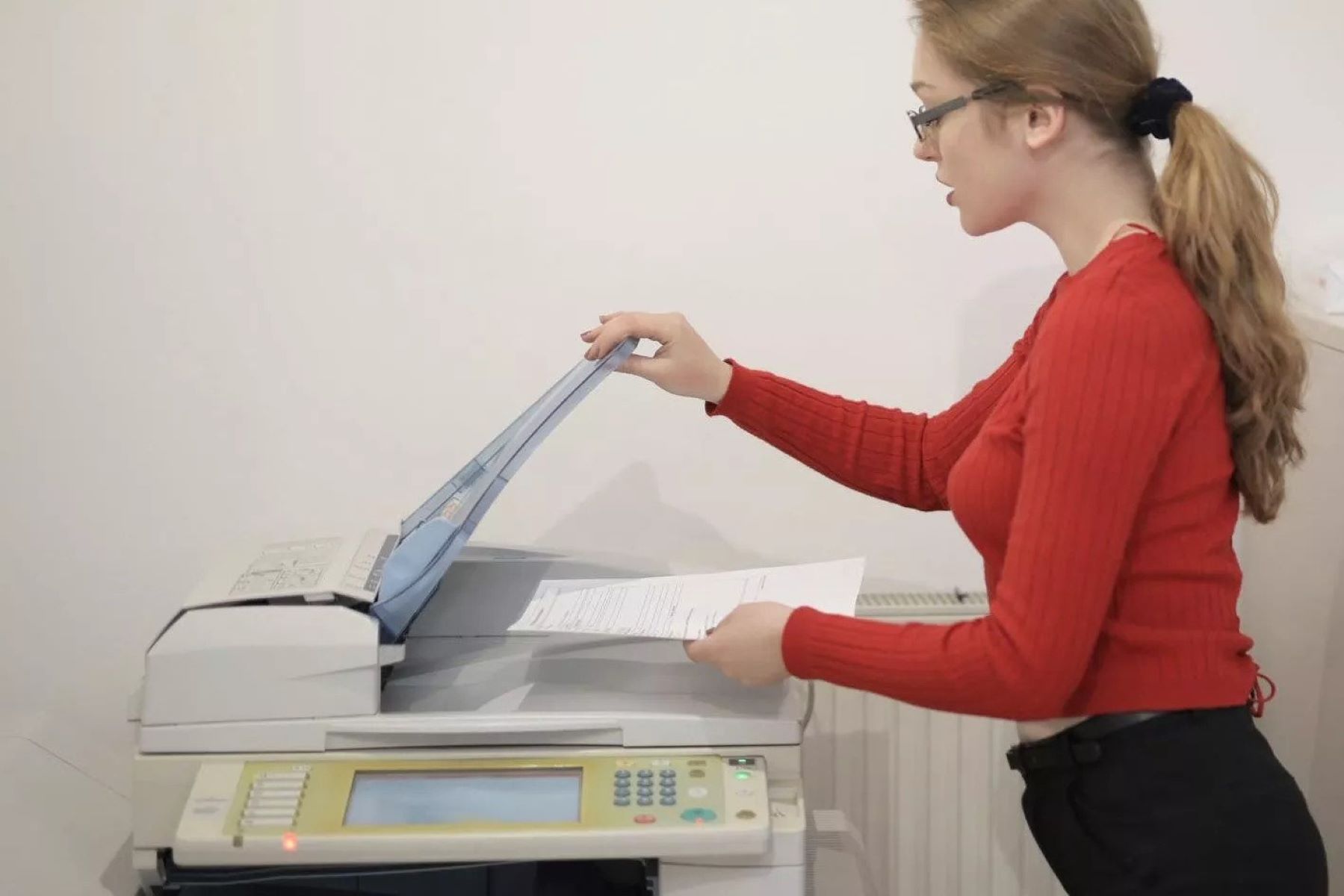
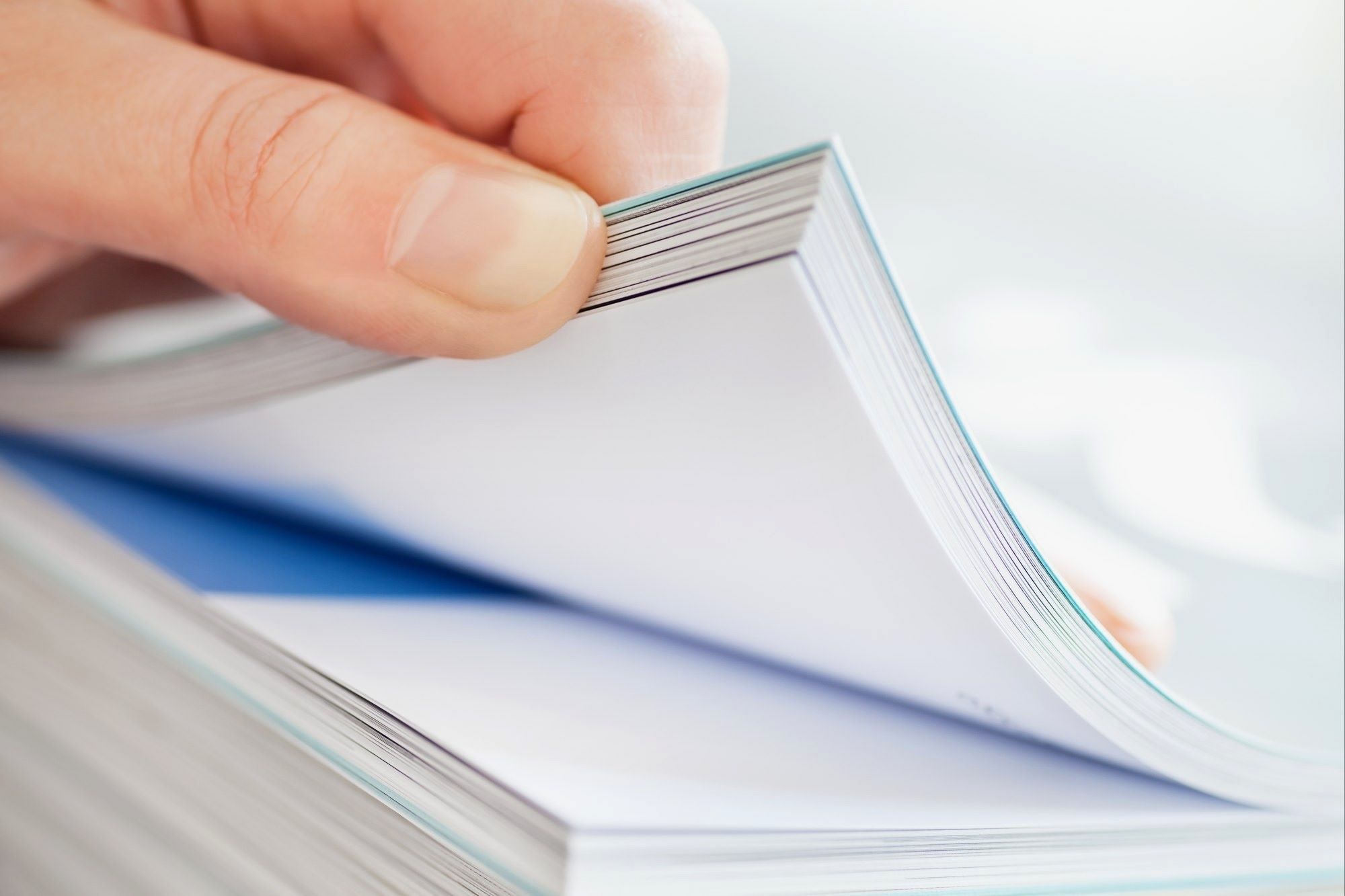
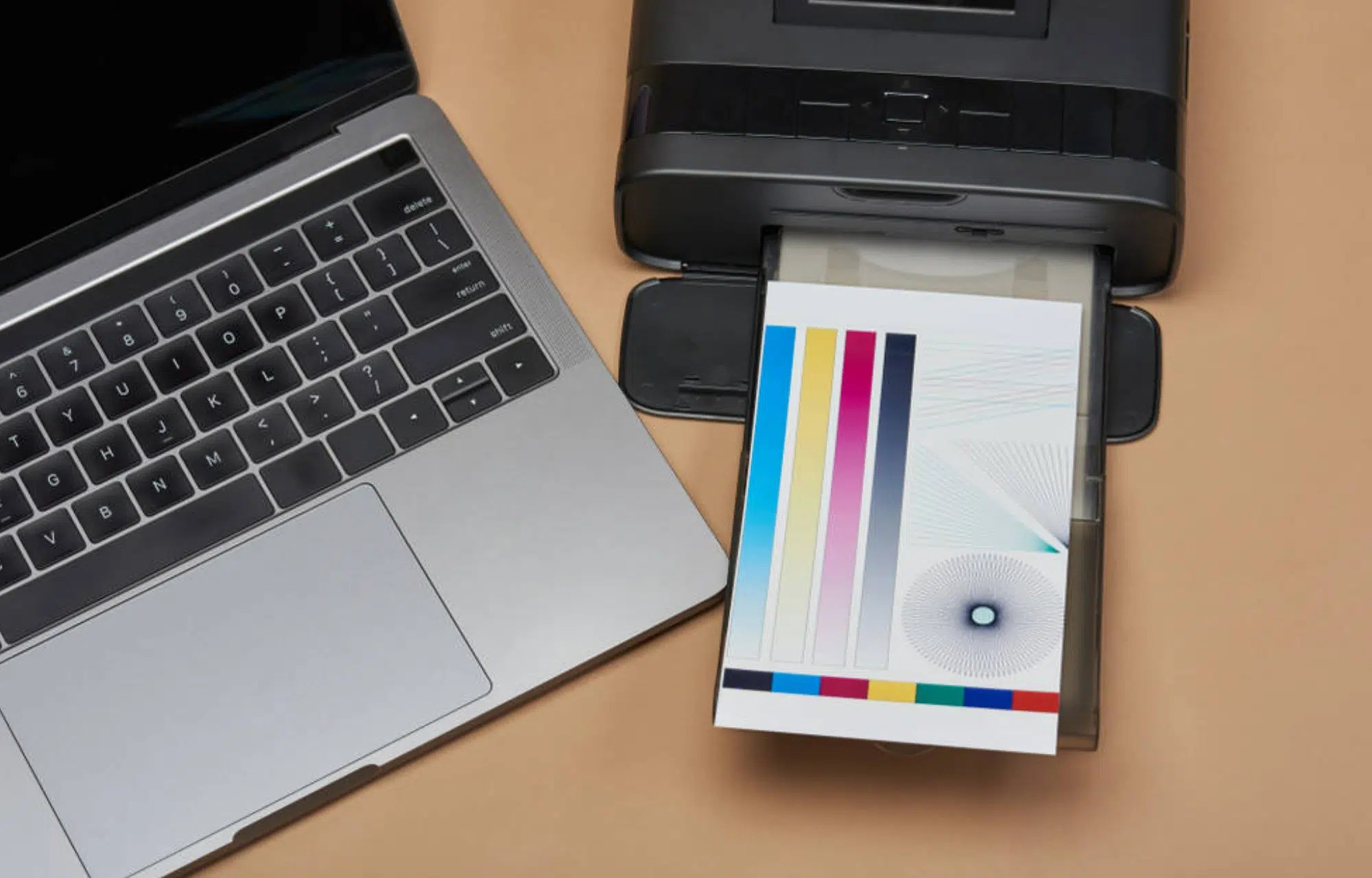
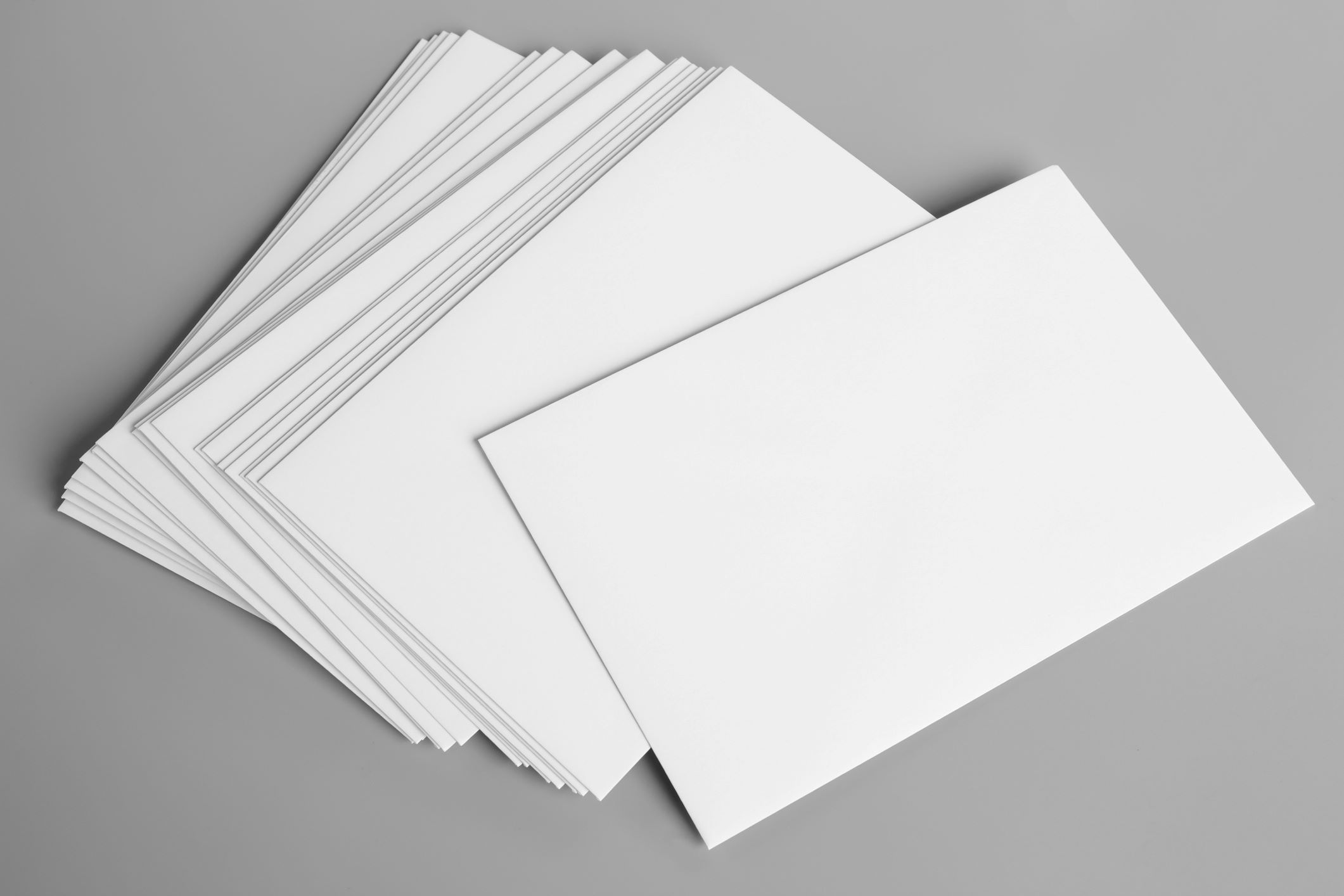
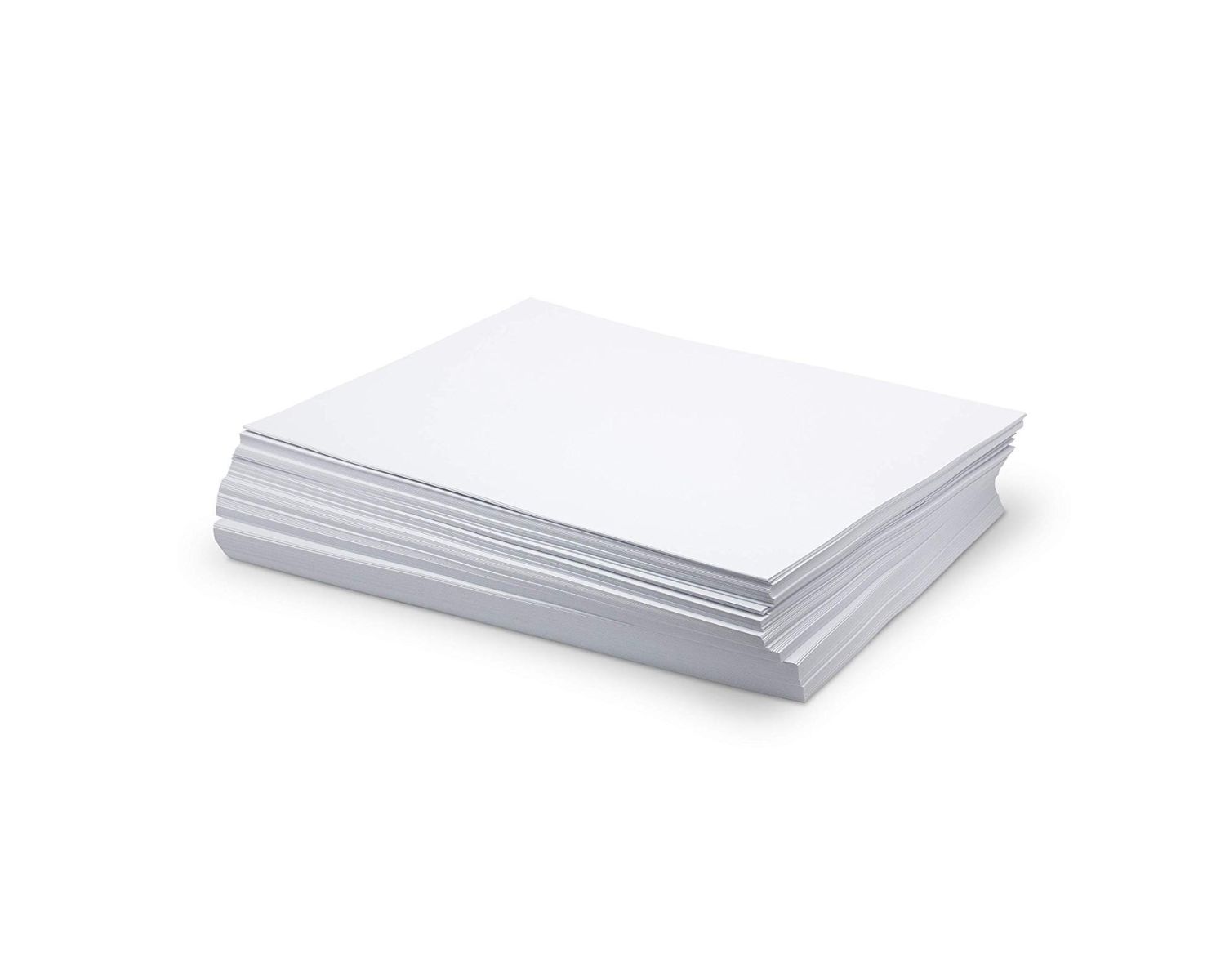
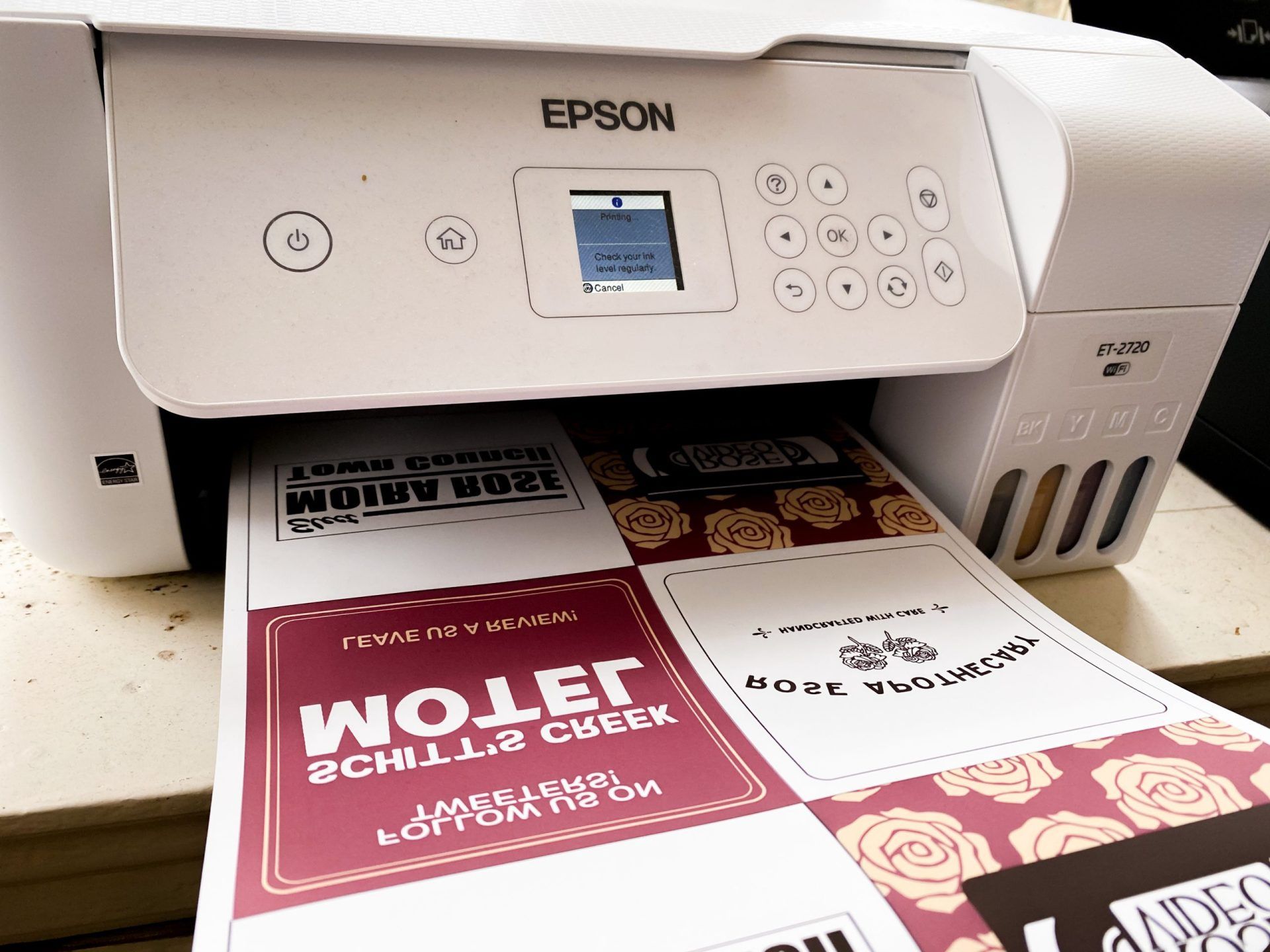

0 thoughts on “What Is Printer Paper Called”